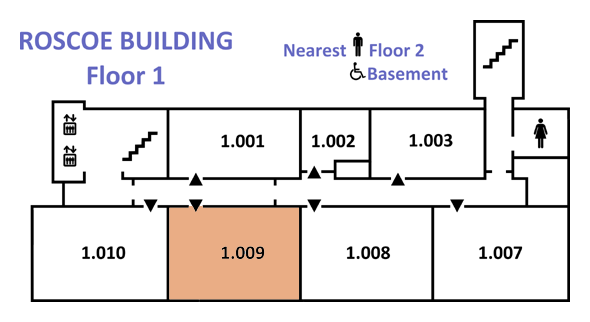
|
iCHSTM 2013 Programme • Version 5.3.6, 27 July 2013 • ONLINE (includes late changes)
Index | Paper sessions timetable | Lunch and evening timetable | Main site |

|
iCHSTM 2013 Programme • Version 5.3.6, 27 July 2013 • ONLINE (includes late changes)
Index | Paper sessions timetable | Lunch and evening timetable | Main site |
In line with the practical turn in the history of science, studies in the history of the communication of science concentrate on the actors and processes of the popularisation of science, i.e. the various media through which scientific knowledge is made public. These studies span a field that goes from analysis of science journalism through to discussions of fictional cinema’s role for the public communication of technoscientific knowledge. They emphasise the interactive and multidirectional ways in which science is communicated.
However, in contrast with the plurality of sites and means by which technoscientific knowledge is made public, it appears that although some prominent figures of science were present in all media during the 20th century, the producers of the regular fare of popular science -- in print, on air, on screen, on stage or in the museum -- seem to have been very much restricted to their single area. For example, David Attenborough who published some popular natural history books made his name as a British television figure and remained, throughout his career, very much associated to natural history television programme-making. By contrast Gerald Durell, first known to the British public as an author of popular natural history books, remained associated with the printed medium despite a venture in natural history television. Other lines of fractures can be located at the institutional level. For instance, in postwar Germany science was broadcast along rather different political lines whether it was on television or radio, the former adopting a conservative attitude and the latter a more progressive one.
The proposed symposium will endeavour to consider this issue and ask whether the way knowledge is put at work to produce popular science is constrained by the medium in which this occurs, the audiences that are addressed, or the genre that is produced. The papers in the symposium will aim at characterising the triangular relationship between media qualities, the sociology of both media producers and their audiences, and genres of popular science. The range of speakers will allow for the development of a comparative approach at the European level, with case studies from e. g. Britain, France, Germany, Poland, Spain, Denmark and the Netherlands.

